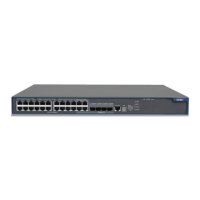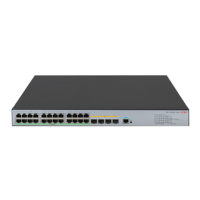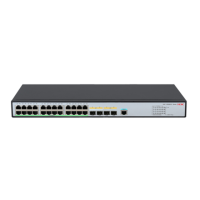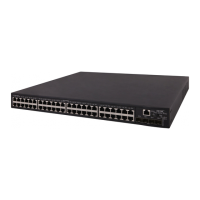149
• RFC 4601, Protocol Independent Multicast-Sparse Mode (PIM-SM): Protocol Specification (Revised)
• RFC 5015, Bidirectional Protocol Independent Multicast (BIDIR-PIM)
• RFC 5059, Bootstrap Router (BSR) Mechanism for Protocol Independent Multicast (PIM)
• RFC 4607, Source-Specific Multicast for IP
• Draft-ietf-ssm-overview-05, An Overview of Source-Specific Multicast (SSM)
Configuring PIM-DM
PIM-DM configuration task list
Task Remarks
Enabling PIM-DM Required
Enabling state-refresh capability Optional
Configuring state-refresh parameters Optional
Configuring PIM-DM graft retry period Optional
Configuring PIM common features Optional
Configuration prerequisites
Before you configure PIM-DM, complete the following tasks:
• Configure any unicast routing protocol so that all devices in the domain are interoperable at the
network layer.
• Determine the interval between state-refresh messages.
• Determine the minimum time to wait before receiving a new refresh message.
• Determine the TTL value of state-refresh messages.
• Determine the graft retry period.
Enabling PIM-DM
With PIM-DM enabled, a router sends hello messages periodically to discover PIM neighbors and
processes messages from the PIM neighbors. When you deploy a PIM-DM domain, enable PIM-DM on
all non-border interfaces of the routers.
IMPORTANT:
• All the interfaces in the same VPN instance on the same device must operate in the same PIM mode.
• PIM-DM does not work with multicast groups in the SSM group range.

